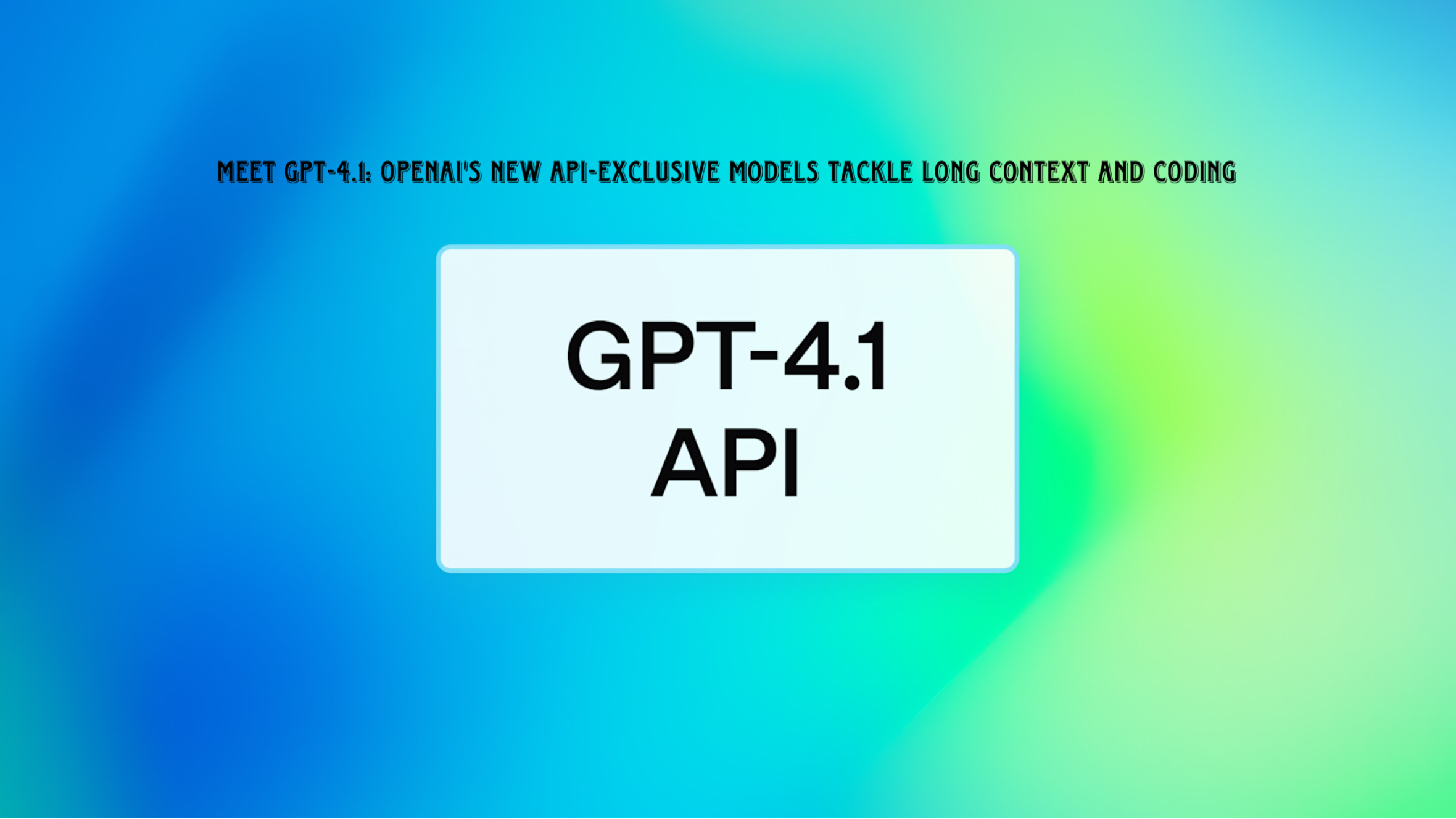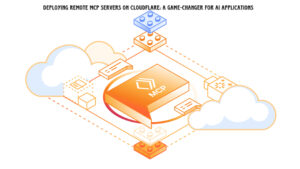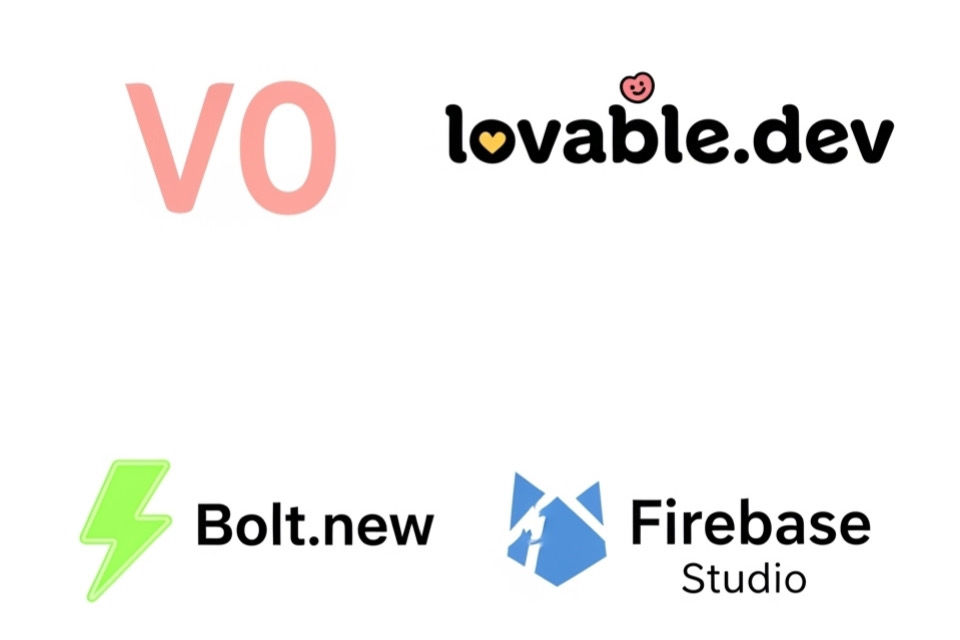OpenAI has just rolled out a new series of AI models, the GPT-4.1 family, marking a potentially significant step forward, particularly for developers and tasks involving large amounts of information. Interestingly, unlike previous major releases, these models are currently available exclusively via API, not through the popular ChatGPT interface.
This new lineup seems aimed at bolstering OpenAI’s offerings, especially in areas where long context understanding and coding capabilities are crucial. Let’s break down what’s new.
The GPT-4.1 Family: Three Tiers of Performance
The release includes three distinct models:
- GPT-4.1: The flagship model of the new series, designed for top-tier performance.
- GPT-4.1 Mini: A lighter, faster, and more cost-effective model.
- GPT-4.1 Nano: The most budget-friendly and fastest option, optimized for efficiency.
Key Improvements and Features
Across the board, the GPT-4.1 series is positioned as an improvement over the previous GPT-4 Omni generation, especially in key areas:
- Massive Context Window: All three models support up to 1 million tokens of context. Crucially, early indicators suggest they handle this vast context effectively, mitigating the common “lost in the middle” problem where models forget information from long inputs. This is ideal for processing entire codebases, lengthy legal documents, or extensive research papers without needing complex workarounds like Retrieval-Augmented Generation (RAG) in many cases.
- Enhanced Coding Prowess: GPT-4.1 shows a significant leap in coding benchmarks, reportedly achieving a 54.6% score on the Swaybench verify test – roughly a 22% improvement over GPT-4 Omni. It’s described as an all-around coding tool, adept at front-end, back-end, and complex tasks.
- Strong Instruction Following: The models demonstrate solid performance in understanding and executing user instructions.
- Vision Capabilities: GPT-4.1 also includes strong vision capabilities, making it a versatile multimodal tool.
- Speed and Efficiency: The Mini and Nano models, in particular, emphasize speed and lower latency. GPT-4.1 Mini is reported to beat GPT-4 Omni on several benchmarks while offering nearly 50% lower latency.
Performance Showdown: GPT-4.1 vs. Gemini 2.5 Pro
Early comparisons, particularly focusing on coding tasks, suggest GPT-4.1 is a strong contender, even against Google’s powerful Gemini 2.5 Pro:
- Frontend Dev: Both models generated code for an income/expense tracker. Gemini’s output looked better visually but didn’t function, while GPT-4.1’s simpler version created a non-functional app structure.
- Simulation: When asked to simulate a multi-channel TV screen, both models succeeded, with GPT-4.1’s output being slightly preferred for its animation.
- SVG Generation: Both models created SVG butterflies, with Gemini 2.5 Pro’s output being preferred aesthetically despite GPT-4.1 showing good symmetry.
- Game Development (3.js Tetris): This is where GPT-4.1 reportedly shone. While Gemini 2.5 Pro produced a partially functional game with rendering issues, GPT-4.1 generated a fully functional Tetris game within the browser.
Pricing Breakdown (Per 1 Million Tokens)
Affordability, especially for the lighter models, is a key aspect:
| Model | Input | Output |
|---|---|---|
| GPT-4.1 | $2.00 | $8.00 |
| GPT-4.1 Mini | $0.40 | $1.80 |
| GPT-4.1 Nano | $0.10 | $0.40 |
Note: GPT-4.1 Mini is notably cheaper than previous high-end models, and GPT-4.1 Nano is positioned for high-volume, speed-critical tasks like autocomplete or classification.
When to Choose GPT-4.1? Strengths vs. Competitors
Based on initial assessments, GPT-4.1 carves out a strong niche:
Choose GPT-4.1 if you need:
- Reliable Long Context: Processing large documents or codebases without RAG.
- Speed & Low Latency: Especially with Mini and Nano.
- Zero Rate Limits/Throttling: Compared to potential limits on other platforms.
- Strong Function Calling: For building integrated applications.
- Top-tier Coding Assistance: Particularly if the Tetris example is indicative of broader capabilities.
Comparison Points:
- vs. Gemini 2.5 Pro: GPT-4.1 appears competitive or superior in speed, long context handling, and potentially complex coding generation (like the Tetris example). Gemini 2.5 Pro might still hold an edge in deep reasoning tasks.
- vs. Claude 3.5 Sonnet: GPT-4.1 is reported to outperform Claude 3.5 Sonnet across benchmarks while also being cheaper.
The Verdict (For Now)
The GPT-4.1 series looks like a solid, albeit perhaps “lightweight,” upgrade from OpenAI, delivered strategically via API. Its major wins are reliable long context handling and strong coding performance, combined with impressive speed and cost-efficiency in the Mini and Nano variants.
While perhaps not yet surpassing models like Gemini 2.5 Pro in every aspect (particularly deep reasoning), GPT-4.1 offers a compelling package for developers and users needing to process large amounts of information quickly and reliably. The API-only release strategy suggests a focus on developers and enterprise applications, making it a series to watch closely as more testing and real-world applications emerge.



